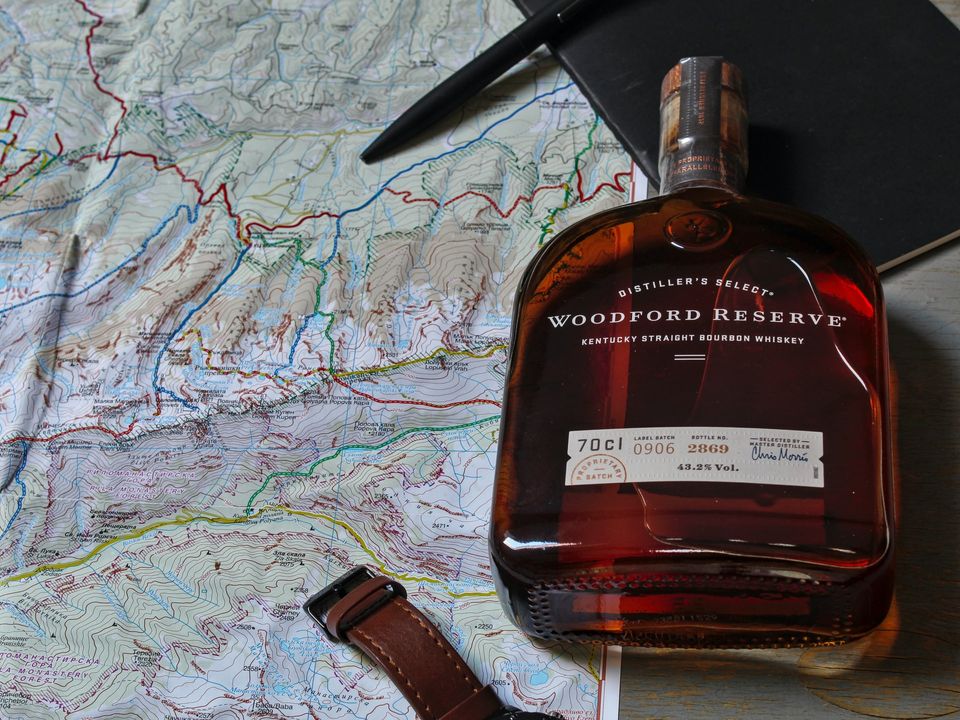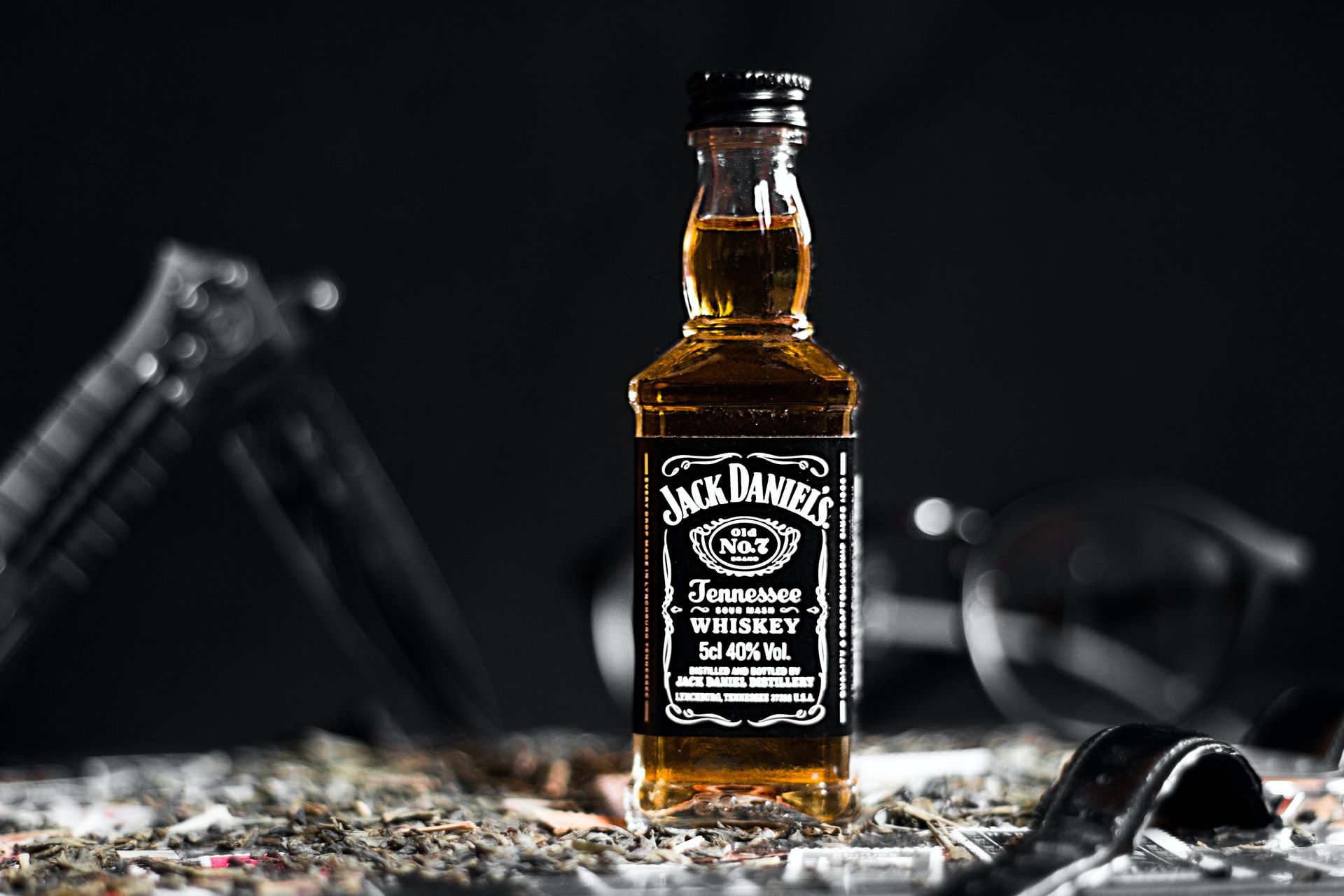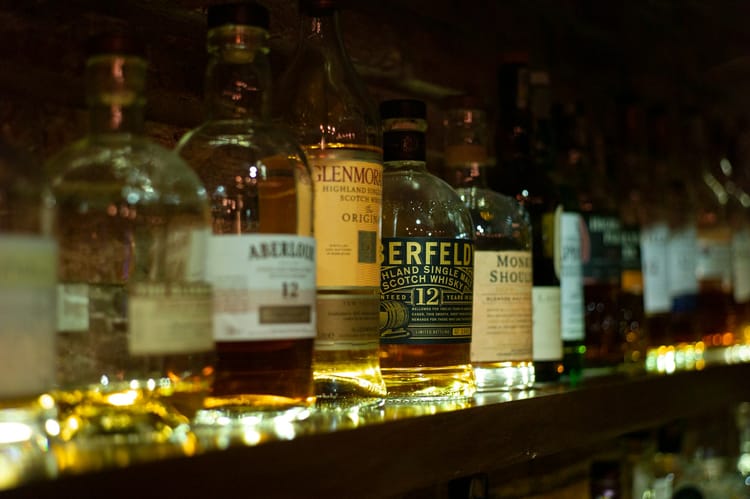An introduction to bourbon

Today's Newsletter is all about bourbon.
Bourbon is a type of whisky, produced exclusively in the United States. (In fact, US law does not recognise as ‘bourbon’ any whiskey produced outside the country.)
Bourbon was originally produced in the US state of Kentucky. It is often claimed that it derived its name from Bourbon County in Kentucky. (Other reports link the name to New Orleans.) However, although Kentucky remains the leading producer of bourbon in the United States, it is now common for bourbon to be produced in other states as well.
Key features of bourbon
For a whisky to be classed as bourbon, it must contain at least 51% of corn in the mash bill. (The rule is similar to that for rye whiskey - basically, a whiskey is classified as a rye whiskey if it contains at least 51% of rye in the mash bill.)
As is the case for US whiskies generally, bourbon must be aged in new, charred oak barrels.
There is no minimum length of time for the ageing process. (This is in contrast to Scotch whisky, which must be aged for at least three years.) There are a few stipulations, though. For example, where the bourbon has been aged for less than four years, the bottle label must carry an age statement. Also, in order for a bourbon to be classed as a ‘straight bourbon’, it must be aged for at least two years.
Bourbon is also quite popular outside the United States. Some common brands you may have heard of include Four Roses, Maker’s Mark, and Monkey Shoulder.
You can get a decent, affordable bourbon in your local liquor store. The three brands I mention above can be found just about anywhere. There are also some staggeringly expensive bourbons. One that comes to mind is the Woodford Reserve Baccarat. This one comes in at just a little under $2,000.
As bourbons go, I particularly like the Four Roses Single Barrel. It’s on the inexpensive side, but should not be dismissed because of that. I find it rich, beautifully spicy, and, I would say, melodious.
Bourbon is commonly enjoyed on its own, but it is also a popular ingredient in many cocktails. Examples include the Bourbon Sour, the Boulevadier Cocktail, and the Manhattan.
Bourbon vs. Tennessee whiskey

Whenever I speak or write about bourbon, I always make a point to mention Tennessee whiskey, another type of whiskey from the US.
I generally make the point that the process for making both bourbon and Tennessee whiskey is largely the same, save for some quite important differences.
First, before Tennessee whiskey is poured into barrels (for ageing), it is first filtered through, or steeped in, sugar maple charcoal chips. This is known as the ‘Lincoln County Process’.
Second, Tennessee whiskey must also undergo the so-called Sour Mash Process. In this process, before fermentation, the mash is mixed with old mash (also known as ‘stillage’ or ‘spent mash’) from a previous distillation. Although the Sour Mash Process may also be used in bourbon-making (and indeed many bourbon producers do use this process), it is an absolute must (i.e. it is required by law) in making Tennessee whiskey.
The Jack Daniel’s brand is perhaps the best known example of a Tennessee whiskey brand.
But let's get back to bourbon.
I have two good recommendations for you.
First, I would suggest the Four Roses Single Barrel, which I mention above. Another good one would be the Bulleit Bourbon. It’s a rich, bold flavour, with a really strong finish. A truly memorable drink.
I hope you enjoyed this article about bourbon. I’ll be publishing more articles in the coming weeks. To make sure you get them as soon as they’re released, just hit the ‘Subscribe’ button below.
And also, if you have any questions about whisky, just send them to me by replying to this email. Always happy to answer your questions!
